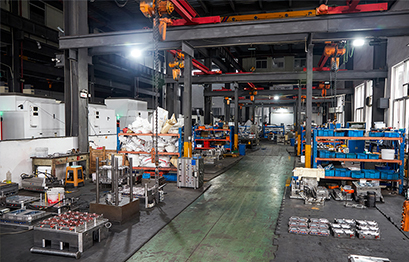The manufacturing process begins with the design phase, where CAD (Computer-Aided Design) software is used to create precise blueprints of the mould. These blueprints include details of the bowl's dimensions, thickness, and any intricate features required.
Once the design is finalized, skilled craftsmen utilize CNC (Computer Numerical Control) machining techniques to carve the mould cavities and cores from blocks of steel or aluminum. This step is crucial in ensuring that every detail of the mould aligns nicely with the intended bowl design.
After machining, the mould undergoes meticulous finishing processes to achieve smooth surfaces and precise dimensions. This preparation is essential for facilitating the smooth flow of molten plastic during the injection moulding process.
Injection Moulding Process
During injection moulding, the Plastic Thin Wall Bowl Mould is mounted onto an injection moulding machine. Plastic resin, typically polypropylene or polyethylene, is heated to a molten state and injected into the mould cavity under high pressure.
The efficient cooling channels embedded within the mould quickly dissipate heat from the molten plastic, causing it to solidify and form the shape of the bowl. The mould is then opened, and the newly formed plastic bowl is ejected, ready for subsequent finishing processes such as trimming and inspection.
Applications
Plastic thin wall bowls manufactured using this mould find applications across various industries, including food packaging, hospitality, and consumer goods. These bowls are favored for their lightweight nature, which reduces shipping costs and environmental impact compared to traditional packaging materials.
The Plastic Thin Wall Bowl Mould represents a pinnacle of engineering and design, enabling the mass production of lightweight yet durable plastic bowls. With its precision manufacturing, durability, and compatibility with injection moulding processes, this mould stands as a testament to innovation in plastic packaging technology.




 English
English Español
Español عربى
عربى
